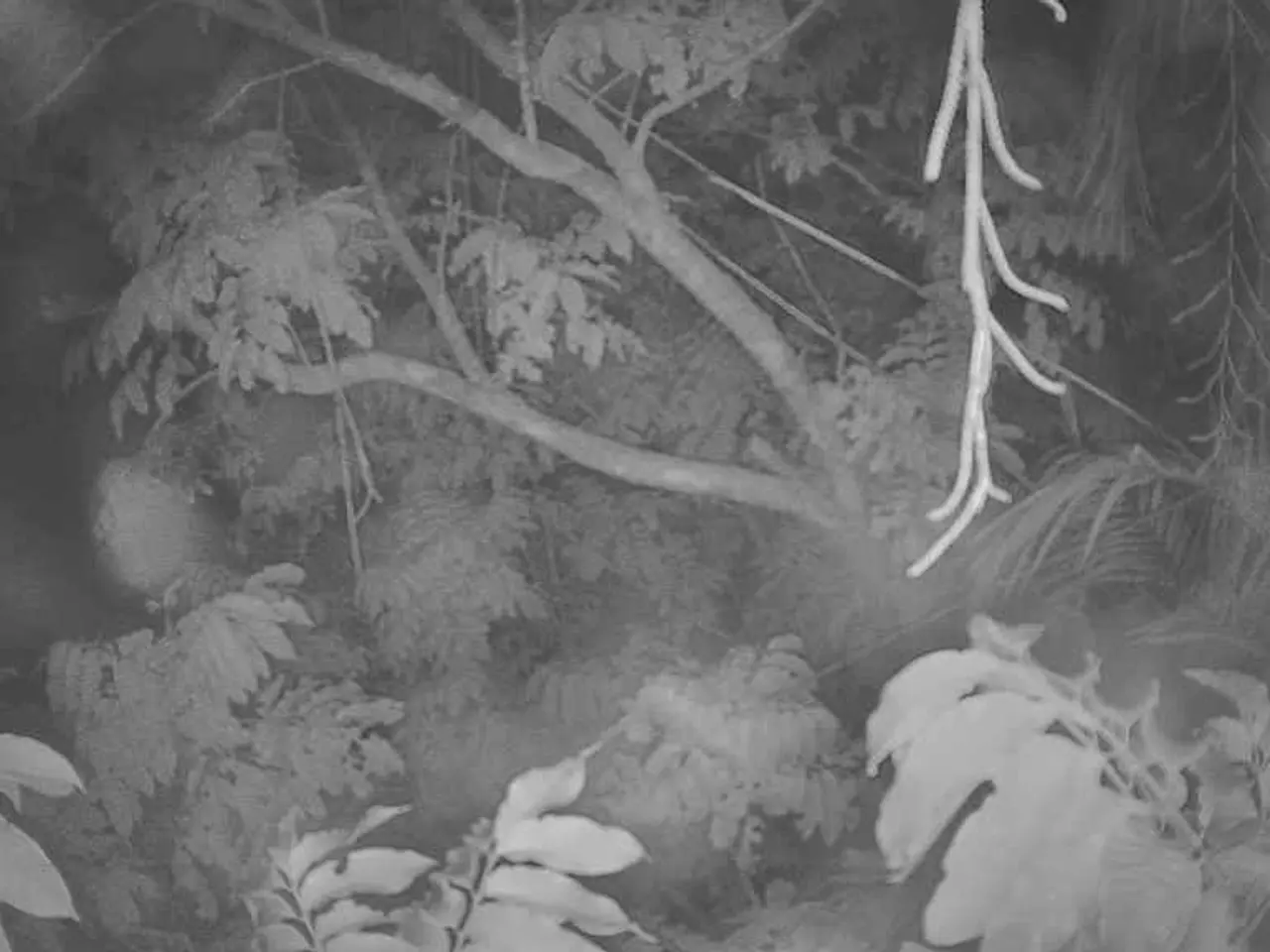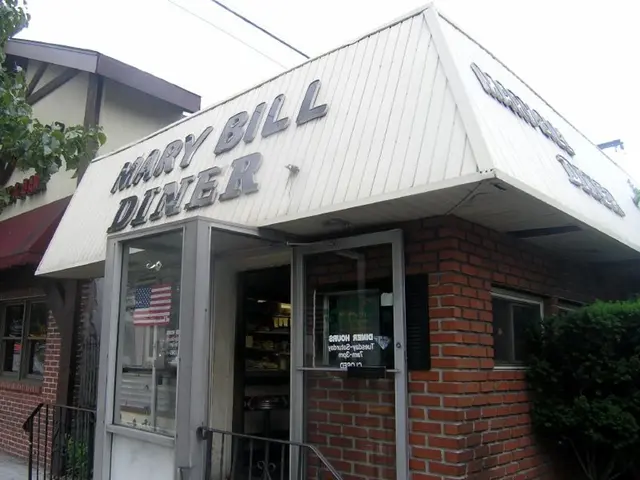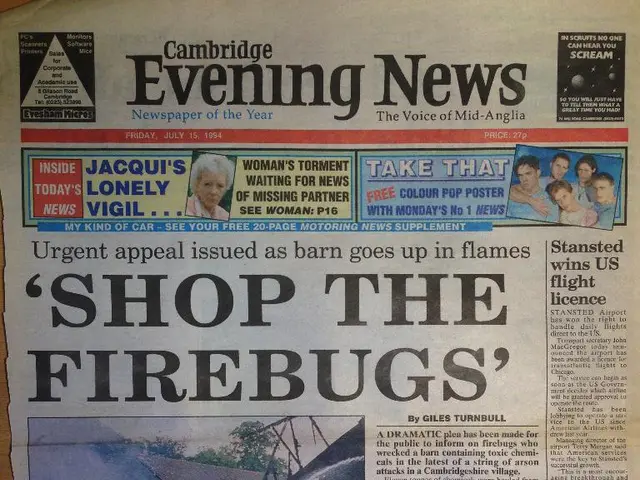Protecting your home through pruning and tree maintenance
Maintaining Trees for Home Insurance Benefits: The Importance of Regular Pruning and Trimming
Taking good care of the trees in your property can have significant advantages, particularly when it comes to your home insurance. Regular tree trimming and pruning can help reduce risks that insurers view as potential liabilities, thereby maintaining coverage and facilitating claim approval in case of damage.
Insurance companies often require homeowners to keep trees well-maintained, especially branches that overhang roofs or power lines. Failure to do so can lead to insurance policy suspensions or exclusions, such as roof coverage being denied if overhanging limbs are not trimmed back.
Regular tree maintenance reduces the likelihood of falling branches or weakened trees causing damage, which can lower the chances of claims being denied due to negligence. Properly maintained trees are less likely to be a source of contention for insurance companies, as they are less likely to dispute claims or argue that the homeowner was negligent by not addressing evident risks.
When trimming trees, it's essential to look for dead, dying, damaged, diseased, or deformed wood. Make three main cuts for each trim: a thinning cut, a heading cut, and a reduction cut. Avoid pruning too near the tree trunk, instead cut a few millimetres above the 'branch collar'.
Young trees should be pruned every two to three years, while fruit trees usually require pruning once a year. Mature trees should be trimmed every three to five years. Evergreen trees rarely require trimming, unless they have damaged, diseased, or pest-infested branches.
Remember, tree trimming and pruning can be hazardous, requiring working at height on a ladder with sharp tools. Use proper tools like pruning shears, and keep them clean and sharp. Always prioritize safety and consider hiring professional tree services like arborists, who are trained, adhere to safety standards, and have liability insurance.
In the unfortunate event that a tree or branch falls on your property, keep everyone away from the area and call Triple zero for significant injuries. Also, contact your home insurer to report the incident and file a claim if the fallen tree causes damage to your home or vehicle.
Lastly, it's important to note that regular tree care can potentially lower premiums or exclusions related to tree damage. Additionally, having professional tree assessments to ensure safety and compliance with insurance requirements is highly recommended.
In conclusion, regular trimming and pruning reduce hazards that insurance providers scrutinize, helping to preserve insurance coverage, avoid claim denials from negligence, and potentially lower premiums or exclusions related to tree damage.
[1] Insurance Institute for Business & Home Safety. (2019). Tree Maintenance and Homeowners Insurance. Retrieved from https://www.disastersafety.org/wp-content/uploads/2019/05/Tree-Maintenance-and-Homeowners-Insurance.pdf
[4] Arboricultural Association. (2021). Tree Work - Quality Standards. Retrieved from https://www.trees.org.uk/services/quality-standards
[5] Insurance Information Institute. (2021). Homeowners Insurance: What's Covered and What Isn't. Retrieved from https://www.iii.org/article/homeowners-insurance-whats-covered-and-what-isnt
Read also:
- Water Chemistry Dosage Guidance from AskBRS: Understanding What, How Much, and When to Add!
- Nurturing Permafungi Cultivation: An Organic Handbook for Fungi Farming
- Building Solar Power Systems for New Residential Properties: Harnessing Tomorrow's Energy from the Earth's Core
- Emerging populace advocates for a public assembly, referred to as the People's Parliament.




